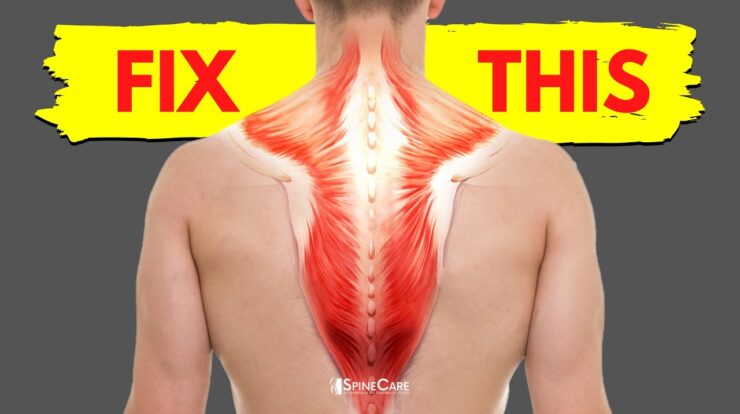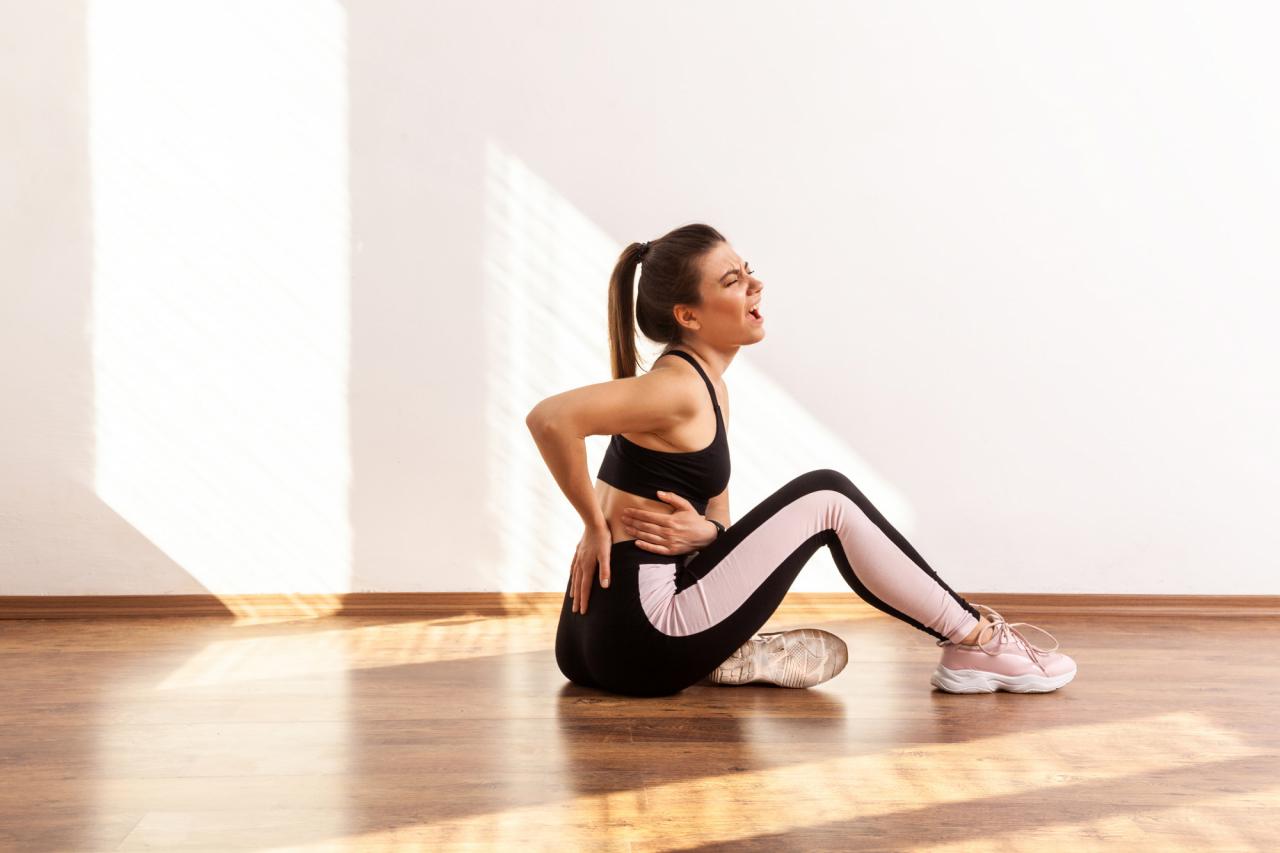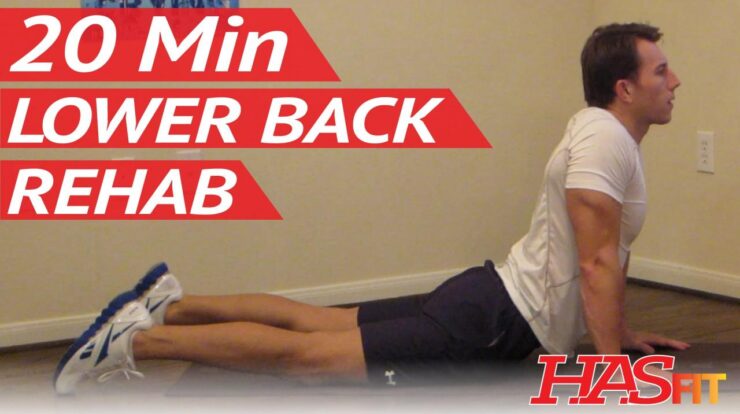
How can stiff and tight muscles result in back pain? This question delves into the intricate relationship between our muscles and spinal health, revealing how muscle imbalances and tension can lead to discomfort and pain. Join us as we explore the physiological mechanisms at play and uncover the impact of muscle stiffness on posture, spinal alignment, nerve function, and circulation.
Stiff and tight muscles can wreak havoc on our backs, causing imbalances and misalignments that put pressure on nerves and blood vessels. Understanding the contributing factors to muscle stiffness, as well as the assessment and treatment options available, is crucial for alleviating back pain and restoring optimal spinal health.
Stiff and Tight Muscles in Relation to Back Pain: How Can Stiff And Tight Muscles Result In Back Pain?

Stiff and tight muscles are common contributors to back pain, affecting individuals of all ages and lifestyles. These muscles can lead to discomfort, reduced mobility, and impaired posture, impacting overall well-being. Understanding the mechanisms behind this relationship is crucial for effective management and prevention of back pain.
Returning to the topic of back health, strengthening the back muscles is essential for preventing and alleviating lower back pain. Regular exercise can help build these muscles and improve posture. Incorporating lower back exercises at home into your routine is a convenient and effective way to target these muscles and improve overall back health.
Effects of Stiff and Tight Muscles on Spinal Structures
Stiff and tight muscles can exert excessive force on spinal structures, leading to imbalances and misalignments. For instance, tight hamstrings can pull the pelvis backward, causing an anterior tilt and excessive lumbar curvature. Similarly, tight chest muscles can round the shoulders forward, putting strain on the upper back and neck.
Lower back pain is a common ailment that can be relieved with targeted exercises. A variety of exercises to relieve lower back pain focus on strengthening the back muscles , which provide support and stability to the spine. By incorporating these exercises into a regular routine, individuals can alleviate discomfort and improve overall back health.
- Pelvis:Tight hip flexors and hamstrings can tilt the pelvis forward or backward, affecting spinal alignment.
- Lumbar Spine:Stiff lower back muscles can lead to lumbar lordosis, an exaggerated inward curve.
- Thoracic Spine:Tight chest muscles can cause kyphosis, a rounding of the upper back.
- Neck:Stiff neck muscles can result in forward head posture, straining the cervical spine.
Impact on Nerve Function and Circulation
Stiff and tight muscles can compress or irritate nerves, causing pain and discomfort. Nerve compression can occur when muscles press on nerve roots as they exit the spinal cord. This can lead to symptoms such as numbness, tingling, or sharp pain radiating along the nerve’s distribution.
Muscle stiffness can also impair blood circulation by reducing the space available for blood vessels. This can lead to reduced oxygen and nutrient supply to tissues, contributing to muscle fatigue and pain.
Contributing Factors to Muscle Stiffness and Tightness, How can stiff and tight muscles result in back pain?
Various factors can contribute to muscle stiffness and tightness, including:
- Poor Posture:Prolonged sitting or standing in awkward positions can strain muscles and lead to tightness.
- Repetitive Movements:Repeatedly performing the same motions, such as typing or lifting heavy objects, can overuse and tighten muscles.
- Inactivity:Lack of regular exercise can weaken muscles, making them more susceptible to stiffness and tightness.
- Medical Conditions:Certain medical conditions, such as arthritis and fibromyalgia, can cause muscle pain and stiffness.
Assessment and Diagnosis
Assessment of muscle stiffness and tightness involves a thorough physical examination. The healthcare provider will assess range of motion, muscle strength, and any areas of tenderness or pain.
Imaging techniques, such as X-rays or MRI scans, may be used to rule out underlying structural abnormalities or other causes of back pain.
It is important to differentiate between muscle stiffness and other potential causes of back pain, such as nerve damage, spinal stenosis, or disc herniation.
Treatment Options for Stiff and Tight Muscles
Treatment for stiff and tight muscles aims to reduce pain, improve flexibility, and restore normal muscle function. Conservative measures include:
- Stretching:Regular stretching can help lengthen and loosen tight muscles.
- Massage Therapy:Massage can help relax muscles, improve circulation, and reduce pain.
- Physical Therapy:Physical therapists can guide patients through specific exercises and stretches to address muscle imbalances.
In some cases, medical interventions may be necessary, such as:
- Injections:Corticosteroid injections can reduce inflammation and pain.
- Surgery:In severe cases, surgery may be considered to release tight muscles or repair damaged structures.
Final Review

In conclusion, stiff and tight muscles can have a significant impact on back pain, affecting spinal structures, nerve function, and circulation. By understanding the underlying mechanisms and contributing factors, we can develop effective treatment strategies that address muscle imbalances and restore spinal alignment.
Remember, maintaining flexible and relaxed muscles is essential for a healthy and pain-free back.
Popular Questions
Can poor posture contribute to muscle stiffness and back pain?
Yes, poor posture can lead to muscle imbalances and tightness, which can put strain on the back and cause pain.
What are some common factors that contribute to muscle stiffness?
Individuals suffering from persistent lower back pain can find relief through targeted exercises that strengthen back muscles and improve mobility. These exercises, outlined in a comprehensive guide on exercises to relieve lower back pain , provide effective home-based solutions to alleviate discomfort.
Inactivity, repetitive movements, and certain medical conditions can all contribute to muscle stiffness.
How can I differentiate between muscle stiffness and other causes of back pain?
On a heartwarming note, happy mothers day wishes for all moms are being shared to express gratitude for their love and sacrifices. The strength of a mother’s love is unparalleled, and on this special day, we celebrate the incredible bond between mothers and their children.
A physical examination, range of motion tests, and imaging techniques can help differentiate between muscle stiffness and other underlying causes of back pain.






